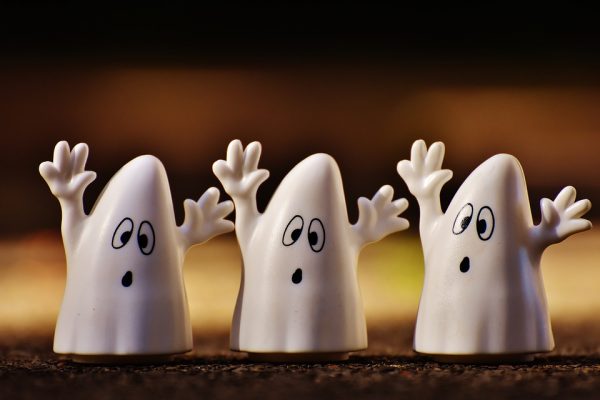Halloween is a time when ghosts and spooky decorations are on public display, reminding us of the realm of the dead. But could they also be instructing us in important lessons on how to lead moral lives?
Roots of Halloween
The origins of modern-day Halloween go back to “samhain,” a Celtic celebration for the beginning of the dark half of the year when, it was widely believed, the realm between the living and the dead overlapped and ghosts could be commonly encountered.
In 601 A.D., to help his drive to Christianize northern Europe, Pope Gregory I directed missionaries not to stop pagan celebrations, but rather to Christianize them.
Accordingly, over time, the celebrations of samhain became All Souls’ Day and All Saint’s Day, when speaking with the dead was considered religiously appropriate. All Saint’s Day was also known as All Hallows’ Day and the night before became All Hallows’ Evening, or “Hallowe’en.”
Christian Ghosts
Not only did the pagan beliefs around spirits of the dead continue, but they also became part of many of early church practices.
Pope Gregory I himself suggested that people seeing ghosts should say masses for them. The dead, in this view, might require help from the living to make their journey towards Heaven.
By Tok Thompson – Full Story at Live Science



